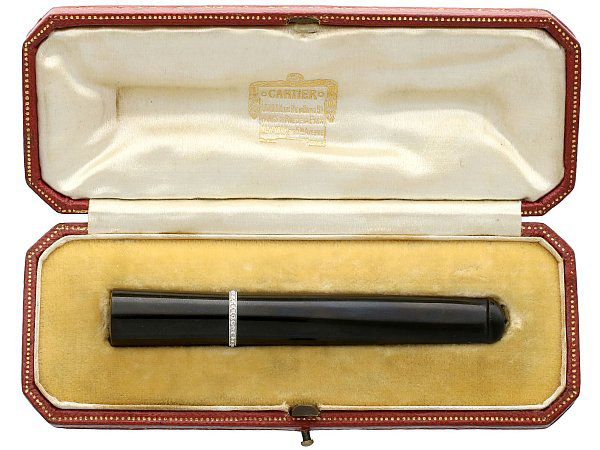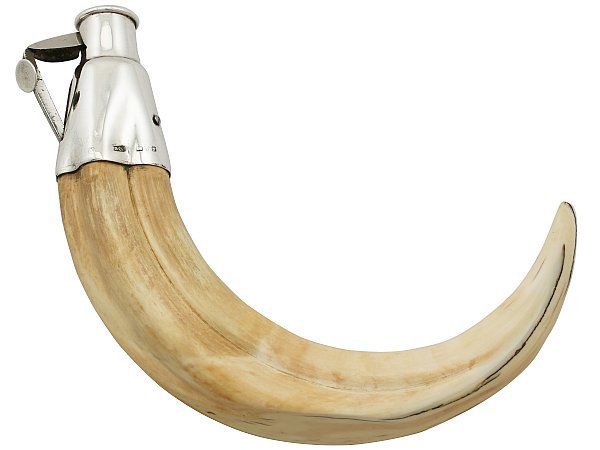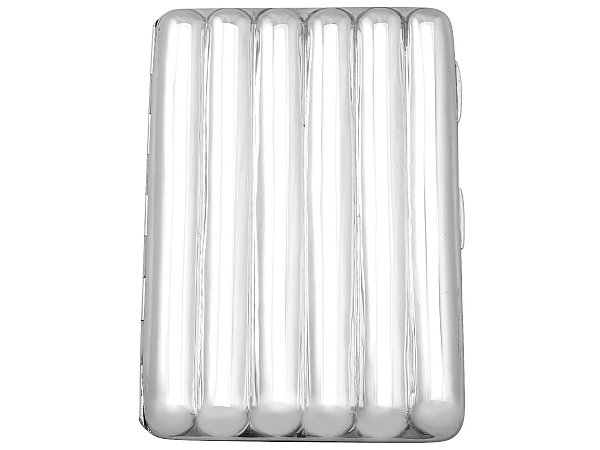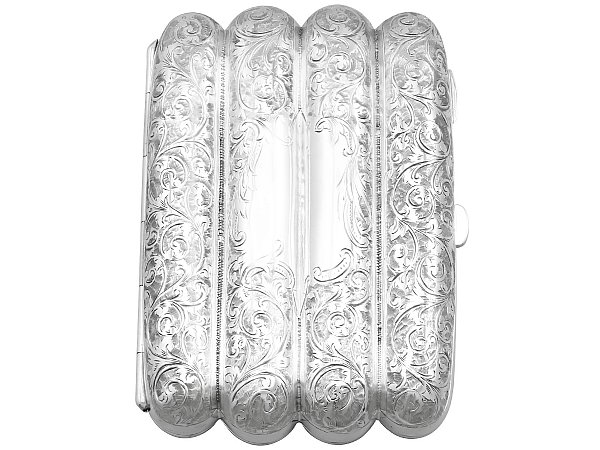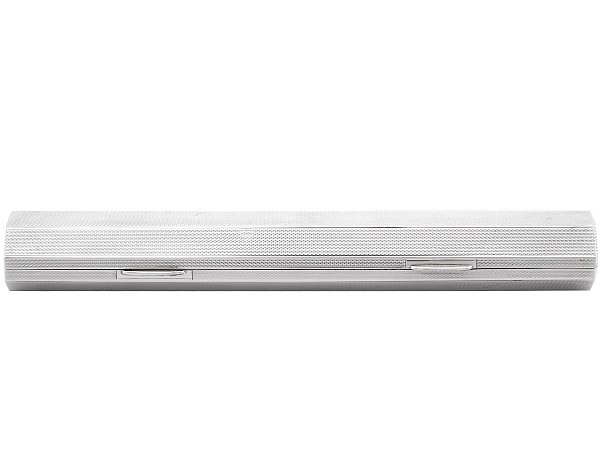Cheroot Holder
Antique and Vintage Cheroot Cases and Holders
At AC Silver we are fortunate to be able to offer our customers an exciting collection of silver antique and vintage cheroot holders and cases for sale.
Our selection is comprised of exceptional examples of antique silver, gold and other precious materials and occasionally gemstones, all of which are the finest of their type.
All of cheroot holder and cases for sale at AC Silver come with free and insured worldwide shipping and a 14 day return policy.
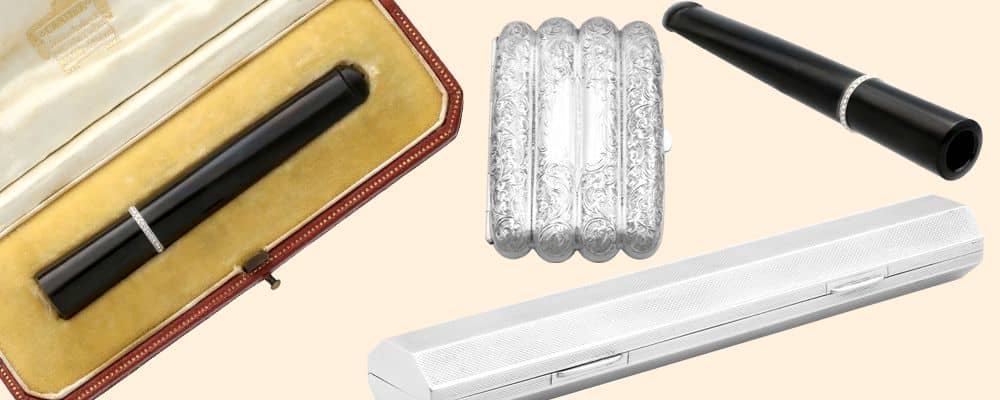
Cheroot Holder Frequently Asked Questions
A cheroot is a cylindrical cigar with both of its ends clipped. Cheroots originate in India and Burma, and found popularity in England during the reign of the British Empire. They were particularly popular among the aristocracy, and smoking cheroots became the latest fashionable fad. Introduced in the 1830s, cheroot rapidly overtook snuff in popularity, and it wasn’t long before silversmiths started crafting Cheroot cases.
Smoking a cheroot is similar to smoking a cigar. The cheroot is already clipped on both ends, therefore no clipping is required. The key is to refrain from inhaling the smoke.
When lighting the cheroot, start by holding it in your hands, and placing its tip above the flame, making sure you don’t puff on it yet. The aim is to burn the end before you place it in your mouth, in order to prime the end pieces of tobacco. Try to roll the lit end of the cheroot, so as to burn the end evenly. Once you see an orange glow at the cheroot’s tip, you are ready to begin puffing. As was mentioned earlier, try not to inhale the smoke from your cheroot. If you do, it will most likely result in quite profuse coughing. Instead, imagine the cheroot is like a straw, and in the same way as you would suck a straw, draw the smoke into your mouth, and then breathe it out without further inhalation. Once you’ve done this four or five times, your cheroot will start producing thick white smoke. At this point, you can slow down, perhaps taking a puff every two to three minutes to keep it alight. Depending on the size of your cheroot, smoking it could take between 30 minutes to two hours.
The cases were often crafted from solely silver or silver-mounted leather/ crocodile skin. They were usually designed to hold between three and five cheroots, although there were some designed for individual cheroots (often torpedo-shaped, as pictured). Many of the cases were curved so they fit snugly in the owner’s pockets. Foliate bright-cut, engine-turned, and plain examples are quite common.
In terms of the cost, the most expensive examples are those that include enameled scenes, especially if those scenes are of an erotic nature.
The larger cases usually have a small leather strap inside to keep your cheroots firmly in place. Other than the strap, the inside of the cheroot case is usually quite plain, saving the decoration for the exterior of the case.
Although cheroots are still popular in places such as Burma, they have lost popularity in the western world due to the widespread introduction of cigarettes in 1881. Most people are entirely unaware of them, and they are often mistaken for spectacle cases.
Of course, those who smoke cigars as a hobby are more than likely aware of the cheroot, with some specialist stores continuing to sell them.
Today, cheroot cases are very difficult to come by, as relatively few were manufactured. Their rarity makes them highly collectable and valued.
